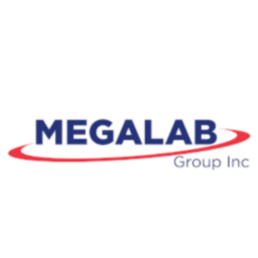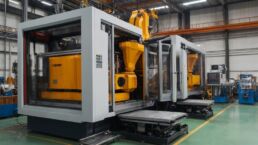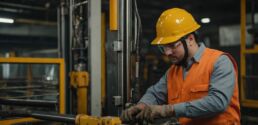UL/CSA/IEC 61010-1: A Comprehensive Guide to Compliance Requirements for Laboratory Equipment
In the ever-evolving world of laboratory equipment, adherence to standards and compliance requirements is of paramount importance. One such standard that holds significant weight in the industry is the International Electrotechnical Commission’s (IEC) 61010-1.
This comprehensive guide aims to shed light on the compliance requirements associated with IEC 61010-1 and help laboratory professionals understand its significance.
Understanding UL/CSA/IEC 61010-1
IEC 61010-1, also known as the “Safety requirements for electrical equipment for measurement, control, and laboratory use,” is an international standard that outlines the safety requirements for a wide range of laboratory equipment. This standard applies to equipment used in various laboratory settings, including medical, chemical, biological, and research laboratories. Its primary objective is to ensure the safety of personnel and the environment by addressing potential electrical, mechanical, and functional hazards associated with laboratory equipment.
Scope of IEC 61010-1
The scope of UL/CSA/IEC 61010-1 is extensive, covering a broad range of laboratory equipment and settings. It encompasses equipment such as analytical instruments, spectrophotometers, centrifuges, ovens, incubators, and many others commonly found in laboratories.
Whether you work in a hospital, a pharmaceutical company, or a research institution, compliance with IEC 61010-1 is crucial to ensure the safety of your personnel and the accuracy of your results.
Particular Requirements (61010-2-X): Specialized laboratory equipment entails use of Part 2 standards as part of the 61010 series of standards. These include standards for in vitro diagnostic (IVD), heating equipment and laboratory atomic spectrometers to name a few.
Key Compliance Requirements
Complying with UL/CSA/IEC 61010-1involves meeting a set of rigorous requirements designed to minimize risks and hazards associated with laboratory equipment operation. Some key compliance requirements include:
- Electrical Safety: Equipment must be designed and constructed to prevent electrical shock hazards. This includes proper grounding, insulation, and protection against electrical overloads.
- Mechanical Safety: The standard emphasizes mechanical stability, robustness, and structural integrity to prevent accidents caused by equipment failure or instability.
- Temperature Control: Laboratory equipment that generates heat must incorporate appropriate temperature control mechanisms to prevent overheating and potential fire hazards.
- User Interface: Clear and intuitive user interfaces are essential to ensure safe and efficient equipment operation. Adequate labeling, warnings, and emergency stop features are required to minimize human errors.
- Documentation and Instructions: Manufacturers must provide comprehensive documentation and user instructions, including installation, operation, and maintenance guidelines. These materials should be easily accessible and understandable.
- Compliance Marking: Equipment that complies with IEC 61010-1 should bear appropriate compliance markings, indicating that it meets the required safety standards. These markings provide reassurance to users and regulators.
Benefits of Compliance
Complying with UL/CSA/IEC 61010-1 offers numerous benefits for laboratory professionals and organizations. Here are some notable advantages:
- Safety: The primary goal of UL/CSA/IEC 61010-1 is to ensure the safety of personnel and the environment. By adhering to the standard’s requirements, you minimize the risk of accidents, injuries, and equipment malfunctions.
- Regulatory Compliance: Many regulatory bodies and authorities require compliance with IEC 61010-1 as a prerequisite for equipment use and operation. By complying, you ensure your laboratory meets the necessary regulatory obligations.
- Reliability: Compliant equipment is designed and tested to perform reliably and accurately. This reliability translates into consistent and trustworthy results, enhancing the reputation and credibility of your laboratory.
- Market Access: Manufacturers and suppliers who comply with UL/CSA/IEC 61010-1 gain a competitive advantage by demonstrating their commitment to safety and quality. This compliance facilitates market access and enhances customer trust.
Conclusion
In the dynamic world of laboratory equipment, compliance with UL/CSA/IEC 61010-1 is a critical aspect that should not be overlooked. By adhering to the standard’s comprehensive requirements, you prioritize the safety of your personnel, ensure accurate results, and demonstrate your commitment to quality. Remember, compliance is not just a legal obligation; it is an investment in the long-term success and reputation of your laboratory.
Got a Question?
We’re here to answer your questions and help you get started right away. Call or send us a message anytime.

Megalab Group
Megalab offers ISO 17025 A2LA Accredited, EMC, Product Safety, Mechanical & Laboratory Testing Services. Megalab Group Inc. and its team are committed to meet and exceed our customers’ expectations as an industry leader in environmental and related regulatory testing services, through constant business improvement while upholding the highest integrity and quality in standards of all services we provide.
Learn more at www.megalabinc.com



